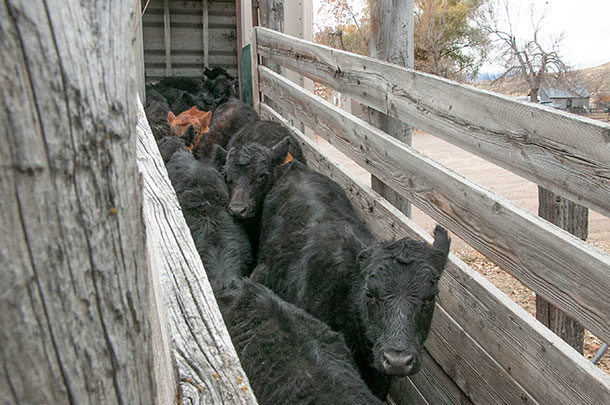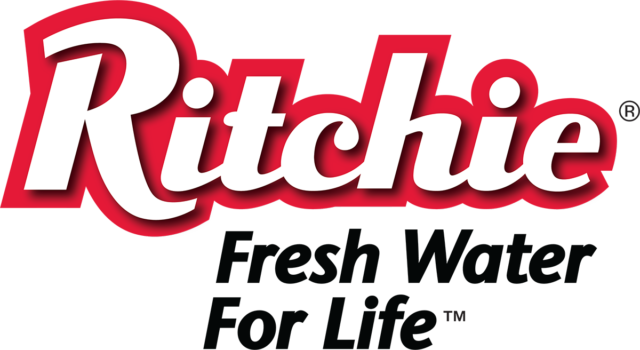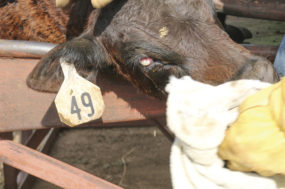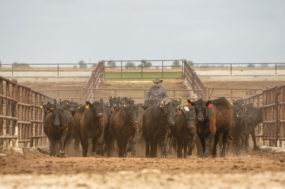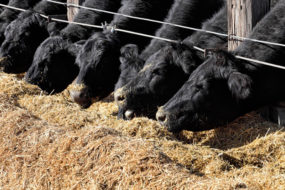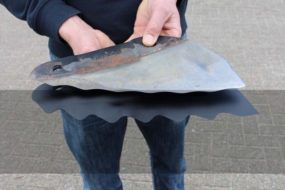Before the calendar flipped to 2020, many cattle producers had “replace handling facilities” on their to-do lists. Many of those lists have since been tossed in the garbage due to the unprecedented events of this year.
But ignoring rotten and broken-down chutes and handling facilities is not a productive option and will eventually lead to safety and efficiency issues.
Care, upkeep and cleanliness
Dr. Joyce Van Donkersgoed of Alberta Beef Health Solutions understands the year has been challenging and money is tight. But just like every other year, chutes and alleys will be counted on through the winter and spring workload. “Some of the handling facilities I have seen have been welded so many times there is nothing more to weld. And the problem is when the infrastructure isn’t taken care of, cattle can’t be handled properly. And the pen riders or the processors can only compensate for bad equipment for so long before pieces start flying off. That’s not safe for people or cattle.”
She says some inexpensive actions can be taken to keep the treating and processing areas working in the toughest times. “First, it’s nice when there actually is a facility,” she said with a laugh. “Indoors is the best, but I understand that’s not something added easily or cheaply. But enough shelter to keep equipment, vaccines and people from freezing. Propane and overhead heaters are an option.”
Other recommendations include installing non-slip and non-abrasive floors, a palpation cage if it’s in the budget and fastening cushioning to chute bars. She urges producers with hydraulic squeeze chutes to ensure the pressure is properly adjusted to keep cattle from being injured. Mats are also a good investment if they are kept clean to avoid slippage. Some non-slip portable models are made from old tires and can be a reasonable cost.
“Pay attention to the front of the chute where the ground gets dug out. If processing large numbers of cattle, there will soon be a big hole,” she said. “Then the calves are jumping out of the chute into the hole. This pulls on the back tendons and causes injuries to the feet. These holes should be covered with clean mats or filled with shavings, sand or even straw, which is harder to keep clean but packs well.”
She says while some fixes could be incorporated, there is a real need for operational facilities. “Patching works for a while, but soon you just can’t patch it anymore. If you don’t have good facilities, you become incredibly inefficient and unsafe.”
Consider portable panels and equipment
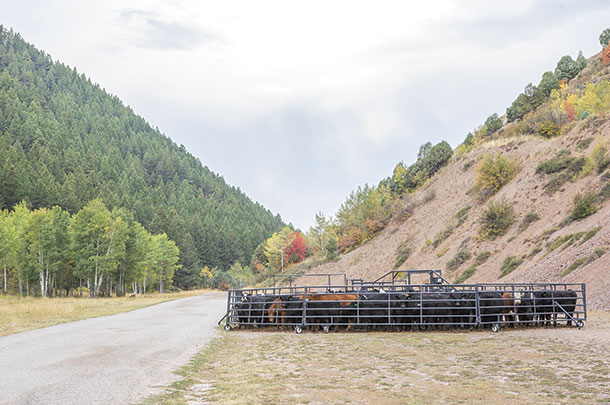
Consider portable panels and equipment. Photo by Mike Dixon.
Integrating or adding portable panels, alleys, tubs and even squeeze chutes is a less expensive way to keep operations running in tight times and even offers opportunities to realize value from technology, says Jordan Thomas, animal science professor at the University of Missouri.
“A one-time investment in these types of facilities can pay off in the long run,” he said. In his role, he encounters many commercial producers who have achieved value through the adaptation of portable equipment. He says the use of reproductive technologies such as artificial insemination (A.I.) and estrus synchronization is often limited due to pasture distance from permanent facilities. “I always challenge people to think about the value associated with those technologies. Really, it’s just a matter of return on investment and potentially a profitable opportunity.”
He says portable panels and penning could be added to permanent facilities at a more reasonable cost than adding the infrastructure in buildings, tubs, alleys and concrete floors. For those forced to defer replacing the old with brand-new, adding panels and fencing can ease the transition. “It’s not pie-in-the-sky stuff. It really is just an opportunity to add value and productivity in a profitable way without an extreme cost.”
Support facilities with handling practices
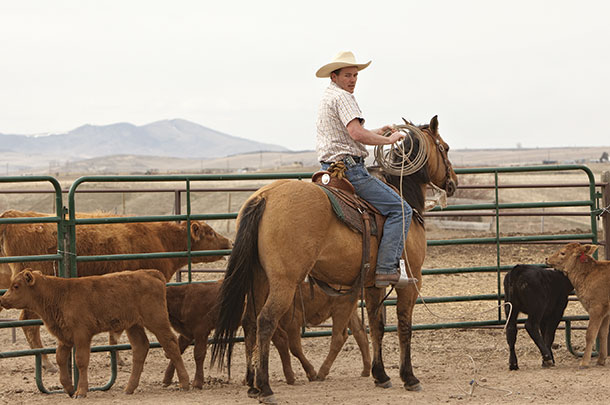
Support facilities with handling practices. Photo by Delta Jensen.
Melissa Arhart of Arhart Farms and Feedlot Technologies in South Dakota has seen her share of handling facilities. Two 250-cow herds, a feedlot dispersed over three varied locations, an ultrasound business for finishing cattle and delivering seminars on low-stress handling have opened her eyes to all types of infrastructure.
She believes in getting back to basics with all of it. “When Bud Williams created the Bud box, he used it to work cattle through. He didn’t create it to either work or not work.”
She says starting out in her ultrasound business she saw some of what she believed were the worst possible layouts. “I would show up and think the facilities were awful. It didn’t take long to figure out the fanciest facilities could make for the longest day, and the simplest ones with a good handler could be a much more enjoyable and shorter day.”
She described how meeting Dr. Tom Noffsinger, veterinarian for Production Animal Consultation, started her on a new way of thinking about cattle handling and facilities. During a visit to their farm, he encouraged them to change themselves first and work on the skills to allow the use of any type of facilities. He pointed out where metal might be cut from the chutes and alleys and even suggested tub gates could remain open when practicing basic pressure and release tactics.
With the recent challenges faced by the livestock industry, Arhart believes learning and practicing low-stress handling and stockmanship will be more cost-effective than taking on unnecessary debt to upgrade facilities.
“In my view, if we get back to basics, as long as we have safe facilities, we can use our stockmanship skills to work with them. Let’s first try to change ourselves to be better, instead of significantly changing our facilities.”
Before putting a match to last year’s to-do list containing the facility replacement note, producers should consider opportunities and options including basic low-stress handling techniques. Modifying flooring, adding mats, filling holes with safe materials, and keeping alleys and tubs clean are reasonable options. Plus, the addition of portable panels and fencing might go a long way in smoothing the transition to next year’s list.
